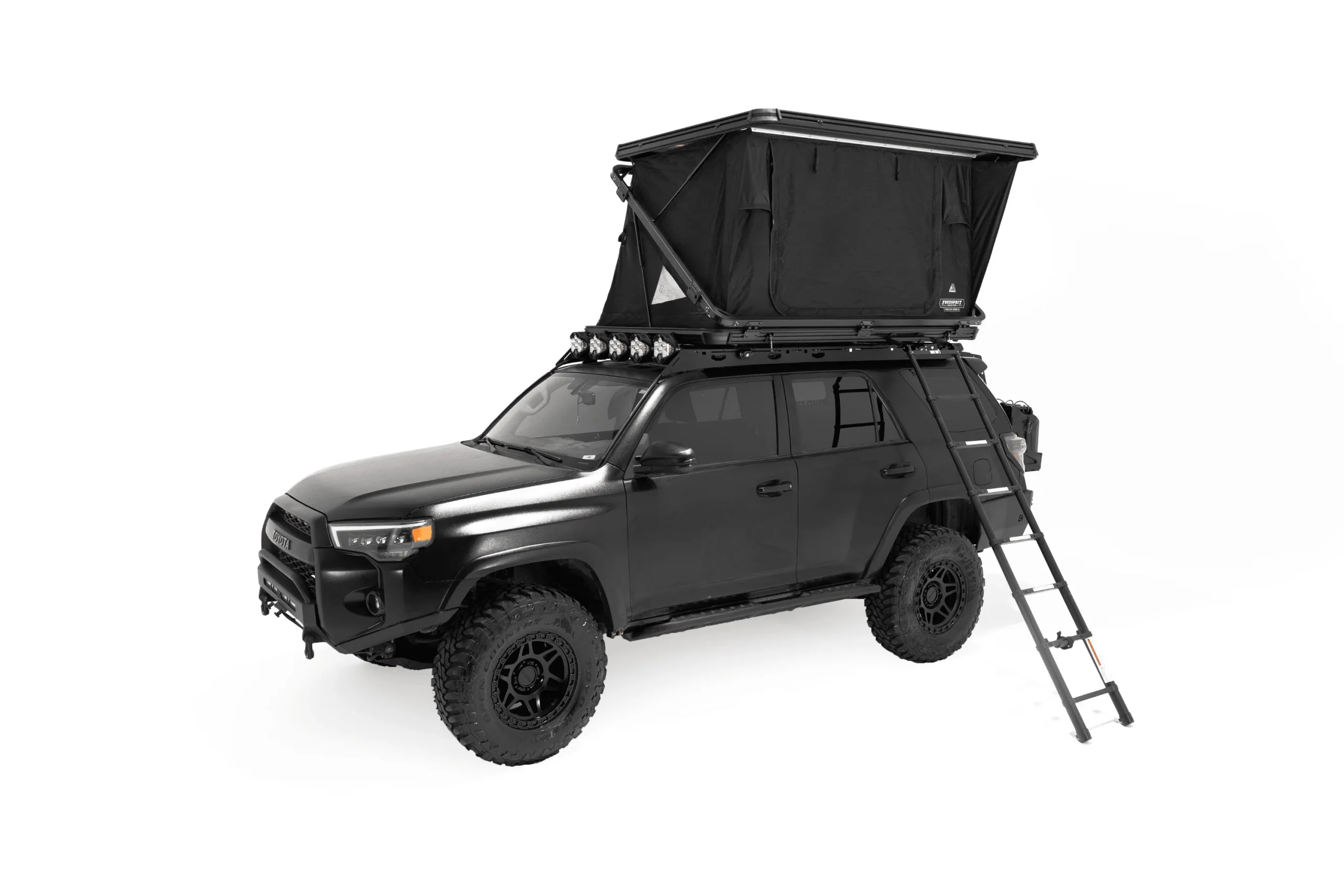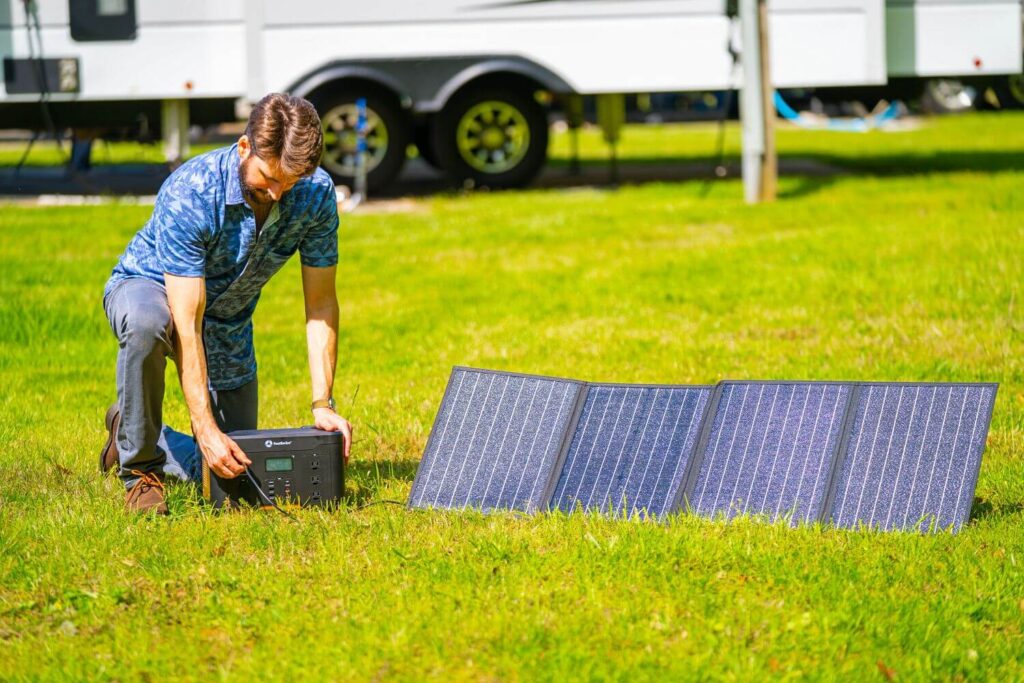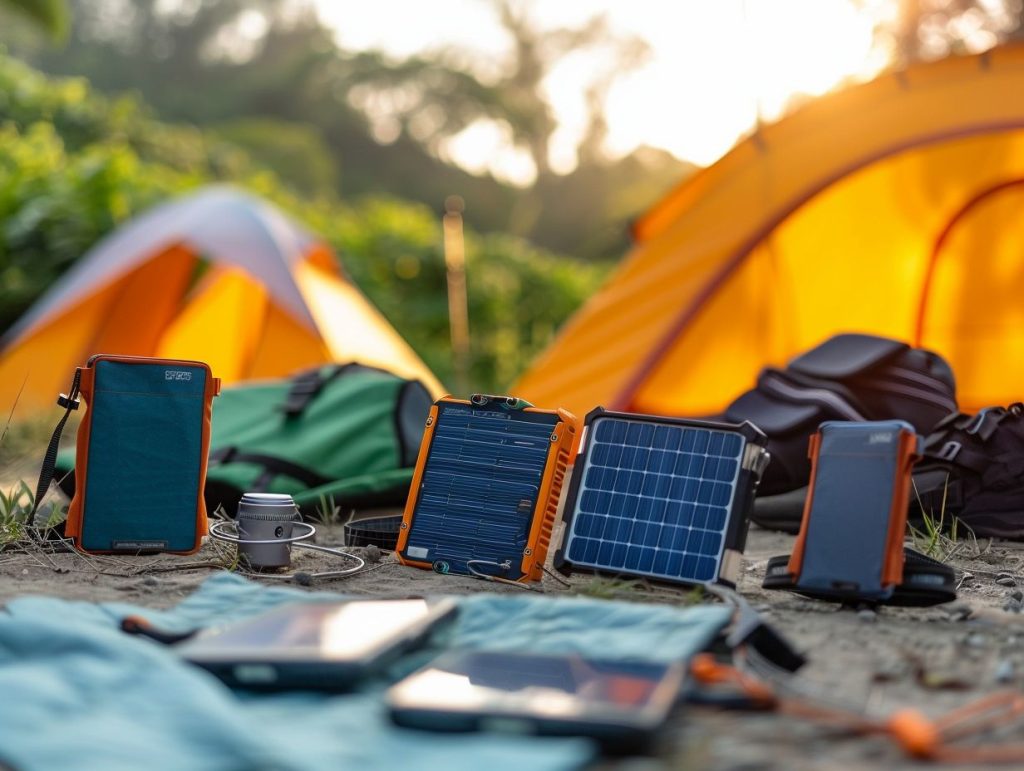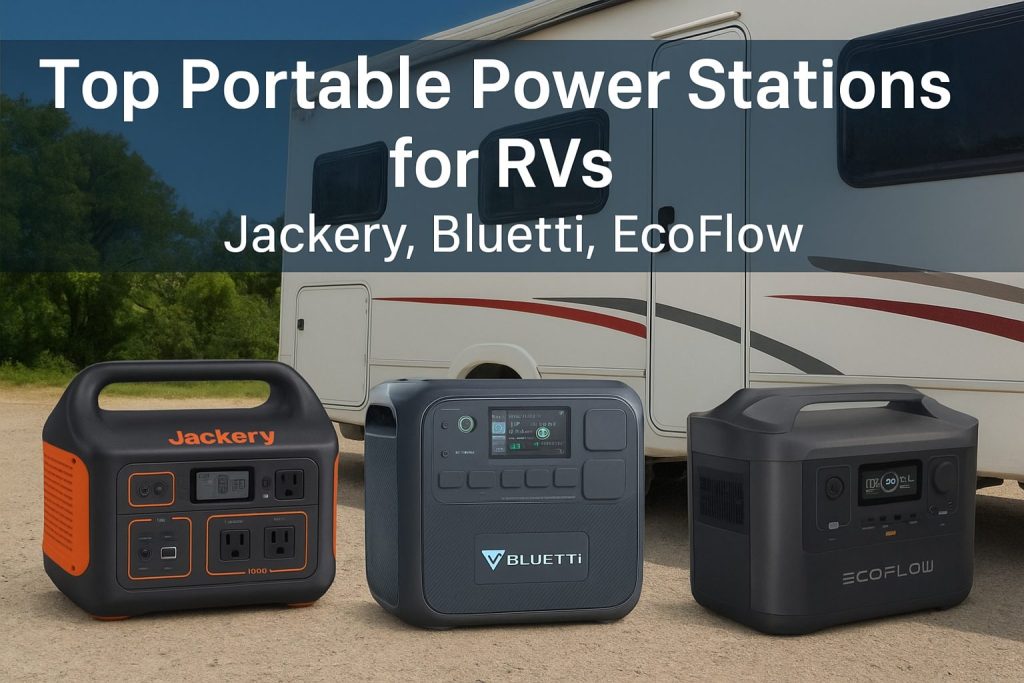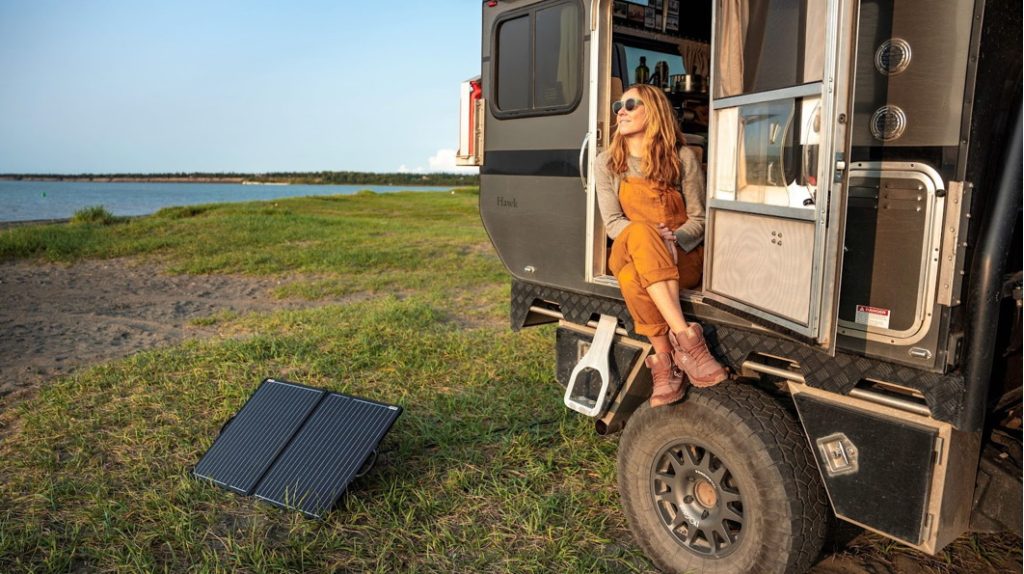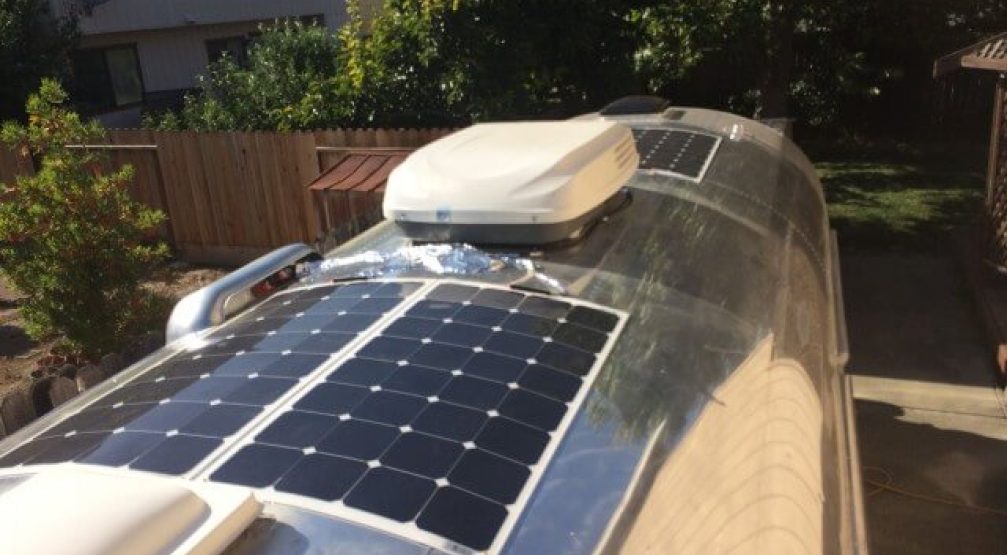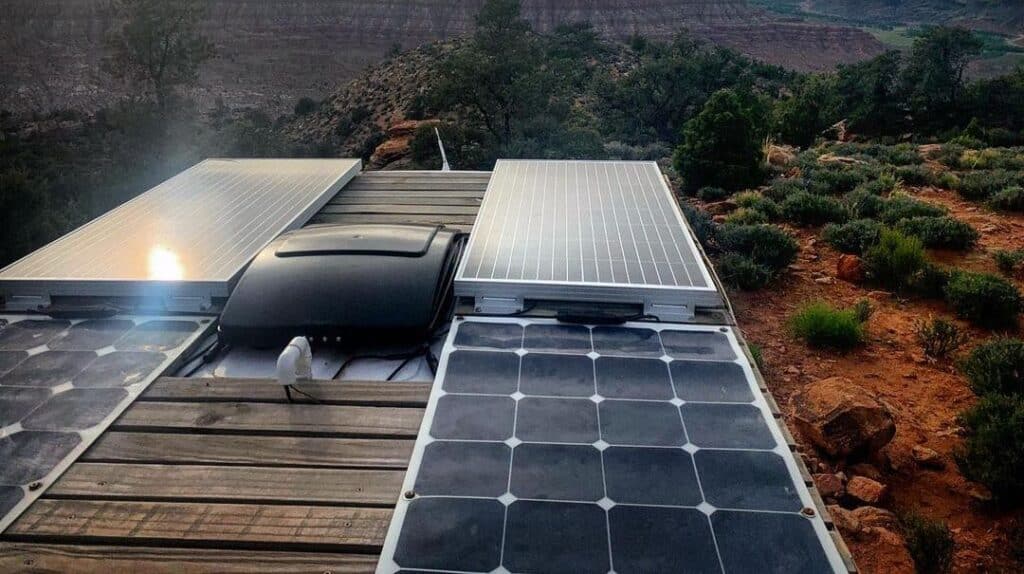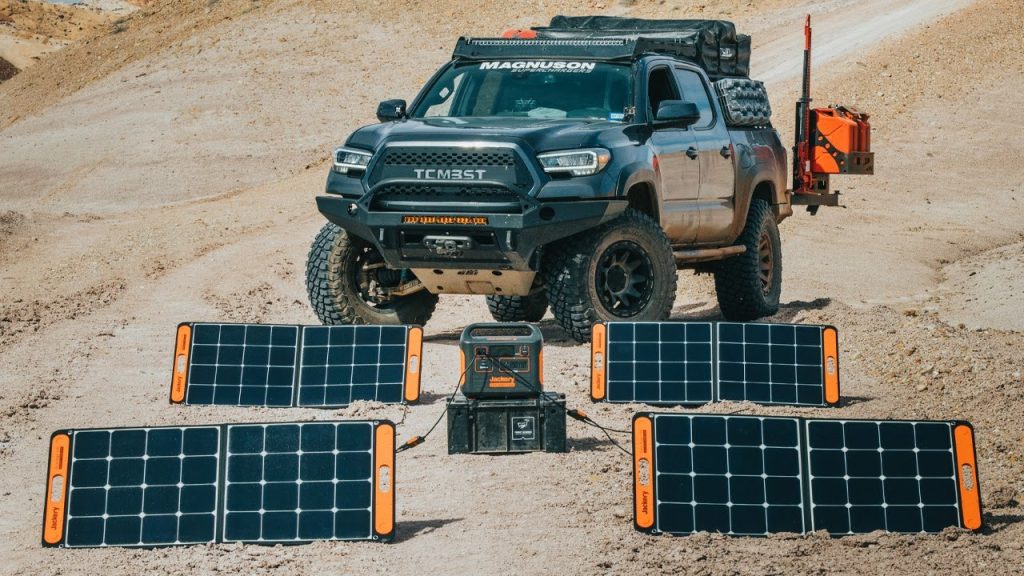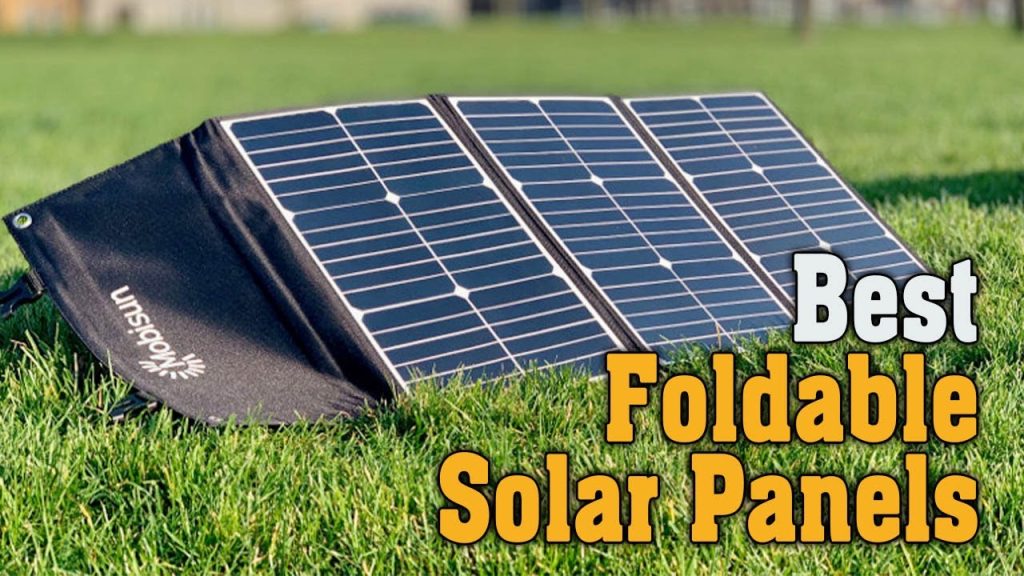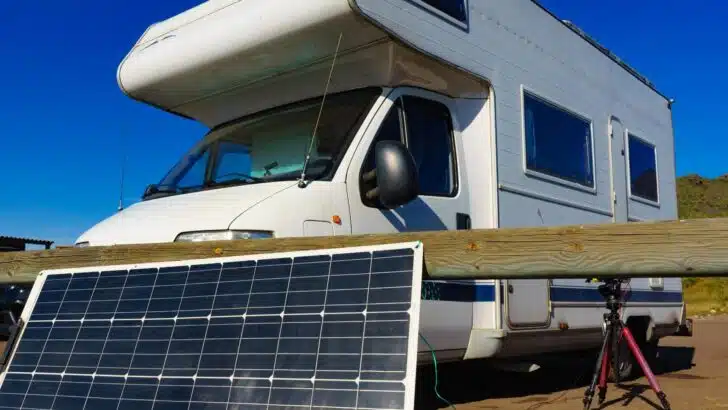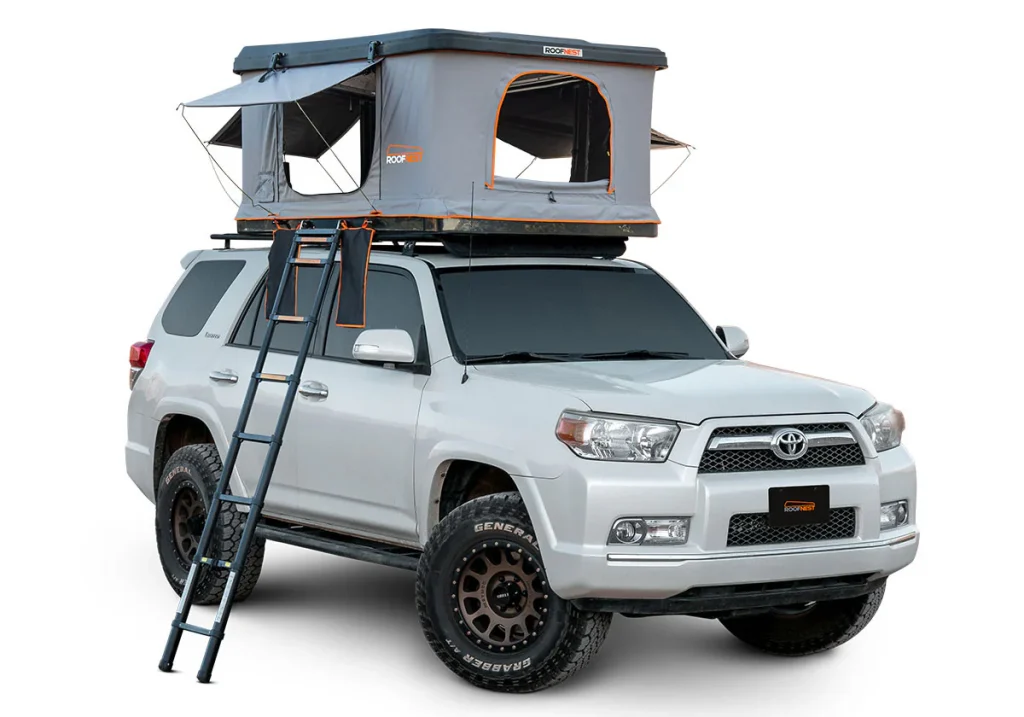Rooftop tents for overlanding have become a game-changer for camping enthusiasts. Offering a blend of comfort, mobility, and convenience, they allow you to set up camp virtually anywhere your vehicle can go. Whether you’re venturing into remote terrain or staying at a campsite, rooftop tents provide a safe and elevated sleeping space away from insects, moisture, and uneven ground.
Choosing the right rooftop tent requires a thoughtful approach, especially if you’re new to the world of overlanding. From understanding how these tents mount to your vehicle to evaluating comfort and weather resistance, making the right decision can significantly enhance your outdoor adventures. This guide covers everything you need to know to select the perfect rooftop tent tailored to your needs.
Types of Roof Top Tents for Overlanding and Camping
Several types of rooftop tents are available, each with unique features and advantages. Understanding the different options can help you choose the one that best suits your travel style and vehicle setup.
1. Soft-Shell Rooftop Tents
Soft-shell tents are the most common and affordable option. They feature a fold-out design and are typically made with durable fabric stretched over an aluminum frame. These tents are ideal for campers who prioritize space and affordability.
Pros:
-
More affordable than hard-shell models
-
Larger sleeping space
-
Lighter in weight
Cons:
-
Longer setup and takedown time
-
Less aerodynamic during travel
2. Hard-Shell Rooftop Tents
Hard-shell rooftop tents are enclosed in a hard, aerodynamic shell when closed. They open vertically (pop-up) or in a clamshell fashion and are known for their ease of use and superior durability.
Pros:
-
Quick setup and takedown
-
More weather-resistant
-
Can store bedding inside when closed
Cons:
-
Heavier and more expensive
-
Typically smaller sleeping area
3. Hybrid Rooftop Tents
Hybrid tents combine features from both soft-shell and hard-shell designs. They may have a hard base and soft walls or an expandable setup that increases space without compromising on durability.
Pros:
-
Balanced setup time and comfort
-
Offers more room than hard-shell tents
-
Typically more durable than soft-shell options
Cons:
-
Mid-range pricing
-
Setup can still be more involved than hard-shell models
4. Pop-Up Rooftop Tents
These tents feature a vertical pop-up mechanism that allows for an ultra-fast setup, making them perfect for short stops or solo adventurers.
Pros:
-
Fastest setup time
-
Compact and low-profile design
-
Great for solo or couple camping
Cons:
-
Limited interior space
-
More expensive due to mechanical components
Each type of rooftop tent caters to different travel preferences, vehicle sizes, and camping styles. Choosing the right one comes down to understanding your needs and how you plan to use it on the road.
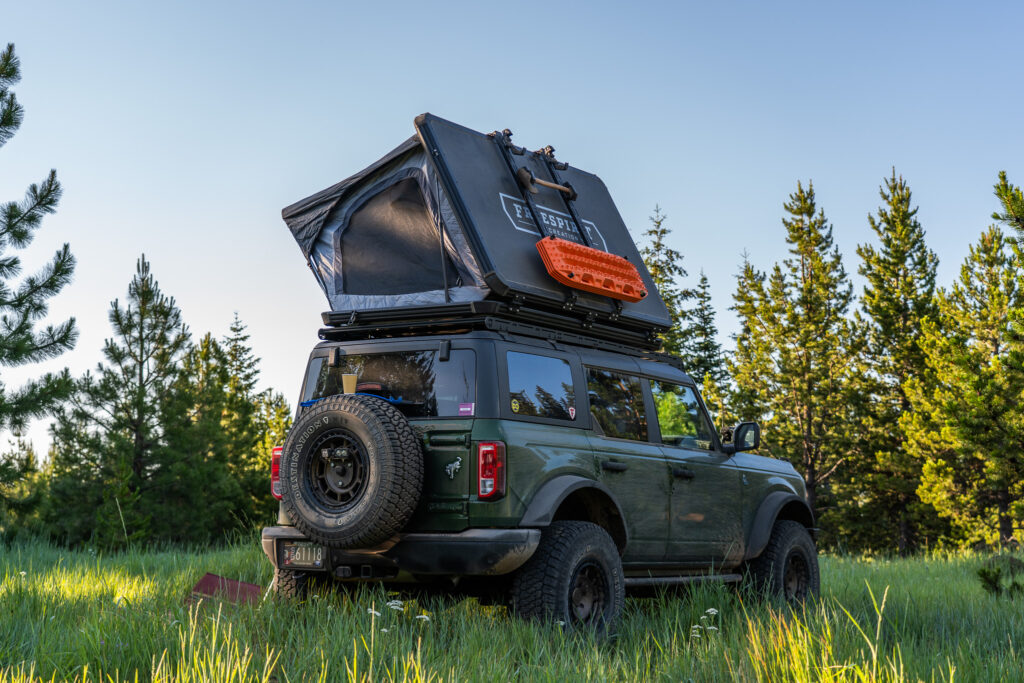
Key Considerations When Choosing a Rooftop Tent
Selecting the right rooftop tent requires careful evaluation of multiple factors beyond just aesthetics or price. Since this is an investment that directly impacts your overlanding experience, it’s essential to choose a tent that aligns with your vehicle, environment, and comfort expectations. Here are the key considerations to keep in mind:
Considering Your Vehicle
Not all rooftop tents are compatible with every vehicle. You must assess your car or SUV’s roof load rating—both static (when parked) and dynamic (while in motion). Also, check for compatibility with your roof rack or crossbars. Some tents require specific rack systems for secure installation. Lightweight soft-shell tents may work with smaller cars, while heavier hard-shell models are better suited for larger SUVs and trucks.
Key Tip: Always refer to your vehicle manufacturer’s guidelines before mounting a tent.
Size and Sleeping Capacity
Rooftop tents come in a variety of sizes, typically ranging from two-person to four-person setups. Think about how many people will be using the tent regularly and whether you’ll need space for pets or extra gear. Be mindful of the tent’s internal dimensions—some models offer more headroom or wider mattresses for increased comfort.
Example: If you’re a solo adventurer or a couple, a compact two-person tent may suffice. For families or groups, a large footprint tent is ideal.
Material and Durability
The quality of materials used in the tent’s construction directly affects its performance and lifespan. Look for tents made from heavy-duty, ripstop fabric with UV and mold resistance. A robust aluminum or fiberglass base is preferable for added strength and longevity. Reinforced stitching, zippers, and rainfly design are also signs of a well-built rooftop tent.
Material checklist:
-
Heavy-duty ripstop canvas or polyester
-
Waterproof and UV-resistant coatings
-
Durable aluminum or stainless steel frame
Ease of Setup
Quick and simple setup is a game-changer when arriving at camp tired or in the dark. Hard-shell rooftop tents usually excel in this category—they can be deployed in less than a minute. Soft-shell tents may take more time, as they often involve unfolding and securing poles, guy lines, and rainflys.
Ideal for beginners: Hard-shell tents or hybrid designs with gas struts for quick lift.
Comfort Features
You’ll be sleeping in your rooftop tent for extended periods, so comfort matters. Many rooftop tents include high-density foam mattresses, which offer decent support. Look for added features like built-in LED lighting, storage pockets, skylights for stargazing, and extended awnings or annexes for added living space.
Extras worth having:
-
Memory foam or thick mattress
-
Internal lighting and USB ports
-
Insulated walls or winter kits for cold-weather camping
Weather Resistance
A good rooftop tent should hold up against a variety of weather conditions, including wind, rain, and snow. Hard-shell tents generally offer better insulation and water resistance. Soft-shell tents require a high-quality rainfly, sealed seams, and a waterproof floor to keep the interior dry.
Look for:
-
Minimum 2000mm waterproof rating
-
Reinforced seams and weather flaps
-
Windproof design and heavy-duty tie-downs
Ventilation and Condensation Control
Proper airflow is essential for comfort and for reducing condensation buildup inside the tent, especially in colder or humid environments. Quality tents offer multiple mesh windows and vents that allow cross-ventilation while keeping bugs out. Some models even include anti-condensation mats beneath the mattress.
Good ventilation should include:
-
Multiple mesh windows
-
Roof vents or ventilation panels
-
Breathable tent fabric
Warranty and Customer Support
Purchasing from a reputable brand with a strong warranty gives peace of mind. Many premium rooftop tents come with warranties ranging from 1 to 5 years. Also, consider the availability of replacement parts and the brand’s customer support reputation.
Ask yourself:
-
Is the warranty comprehensive or limited?
-
Are replacement components easy to source?
-
Does the brand offer responsive after-sales support?
Budget Considerations
Rooftop tents range widely in price—from around $800 for basic soft-shells to over $4,000 for premium hard-shell models. Your budget should align with your intended usage. Occasional weekend trips may not justify a high-end model, while frequent overlanders should invest in durability and comfort.
Budget tips:
-
Don’t compromise on safety or waterproofing
-
Factor in accessories (roof rack, annex, ladder extensions)
-
Look for seasonal sales or bundled deals
User Reviews and Recommendations
Real-world user feedback is invaluable. Reviews often reveal long-term performance, ease of use, and potential design flaws that you won’t find in product descriptions. Online forums, YouTube walkthroughs, and overlanding communities are great places to gather genuine insights.
Pro tip: Focus on reviews that include photos and updates after several months of use, especially in diverse weather conditions.
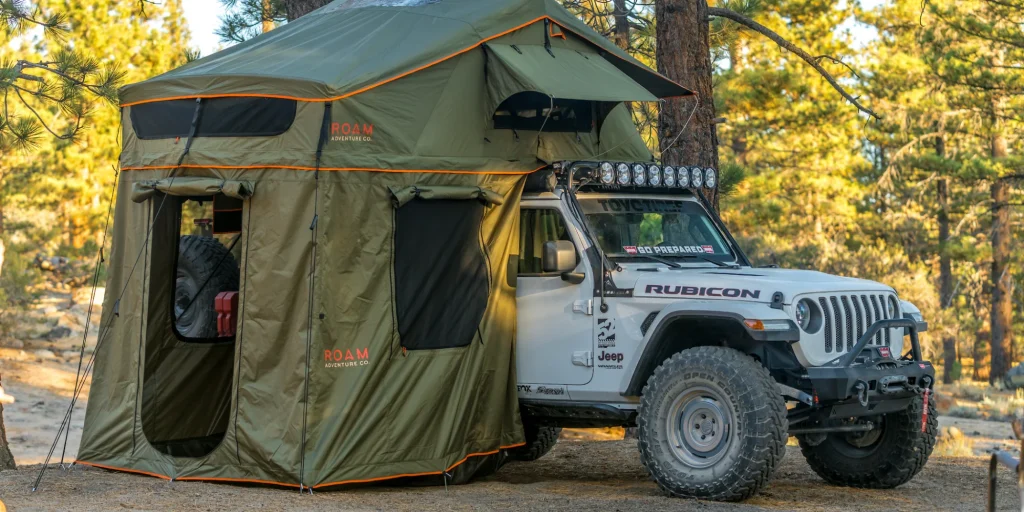
Tips for First-Time Rooftop Tent Users
If you’re new to rooftop camping, the idea of sleeping on top of your vehicle might seem exciting—and a little daunting. To ensure your first experience goes smoothly and safely, here are some practical tips tailored specifically for beginners.
Practice Setup
Before hitting the road, set up your rooftop tent at home or in a safe, open space. This gives you a chance to get familiar with the mechanics, check for any missing parts, and understand the process of opening and closing the tent. Practicing ahead of time reduces stress and avoids potential mistakes in the wilderness.
Pro tip: Time yourself during setup and takedown so you know how long it’ll take under real conditions.
Park Level
Always park on level ground before setting up your rooftop tent. A slight incline might not seem like much, but it can make sleeping uncomfortable and may compromise the tent’s stability. Use a leveling tool or app to check the slope of the surface before settling in.
Tip: In uneven terrain, use leveling blocks under your tires to correct the slope.
Check Weight Limits
Ensure your vehicle and roof rack can handle the combined weight of the tent and occupants. This includes dynamic weight while driving and static weight when parked. Overloading can damage your car and compromise safety.
Key consideration: Consult both your vehicle manual and the roof rack manufacturer’s specifications for accurate weight limits.
Secure the Ladder
A properly secured ladder is essential for both safety and convenience. Make sure the ladder is at a comfortable angle (around 70–75 degrees) and is locked into position to prevent it from slipping. Double-check it before climbing in or out—especially at night or in wet conditions.
Extra safety: Add anti-slip pads or use a mat at the base of the ladder for added traction.
Ventilate and Stay Dry
Proper ventilation prevents condensation buildup inside the tent, which can make your bedding and gear damp. Even in cold weather, crack open a window or roof vent to allow airflow. This helps regulate temperature and keeps the interior dry and comfortable.
Tip: Store an absorbent microfiber cloth inside to wipe down surfaces if condensation appears.
Leave Bedding in Hard-Shells
One of the biggest perks of hard-shell rooftop tents is the ability to leave your bedding—pillows, sleeping bags, and sheets—inside when the tent is closed. This saves time during setup and frees up space in your vehicle.
Note: Avoid overly bulky items that may interfere with the shell closing properly.
Never Use Open Heaters
Avoid using open flame heaters, gas burners, or candles inside your rooftop tent. These pose serious risks of fire and carbon monoxide poisoning. Instead, opt for safe alternatives like insulated sleeping bags, thermal liners, or battery-powered heated blankets.
Safer solution: Use a properly rated 12V electric blanket or wear layered clothing for warmth.
Plan for Weather
Weather conditions can change quickly, especially in remote areas. Always check the forecast before your trip and pack accordingly. Bring rain covers, storm straps, and insulation kits if needed. A four-season tent is ideal for harsher climates, but even then, preparation is key.
Must-pack items: Extra tarps, guy lines, moisture barriers, and warm gear for unexpected temperature drops.
Final Thoughts
Choosing the right rooftop tent can transform your overlanding and camping experiences, offering both freedom and comfort wherever you park. With so many types and features available, it’s essential to consider your vehicle’s compatibility, the tent’s size and materials, and how it performs in various weather conditions. Prioritize ease of setup, durability, and user comfort to ensure a hassle-free adventure. For first-time users, preparation is key—practice setup, ensure proper ventilation, and never overlook safety tips like securing your ladder or avoiding open heaters.
Whether you’re planning a weekend getaway or a cross-country expedition, investing time in selecting the right rooftop tent will pay off in convenience and unforgettable outdoor moments. With the right gear and mindset, your rooftop tent can become a reliable home above the ground—anywhere the road takes you. Now that you’re equipped with the knowledge, it’s time to hit the road and camp confidently!
Read More: The Ultimate Guide to Overlanding Gear Essentials

